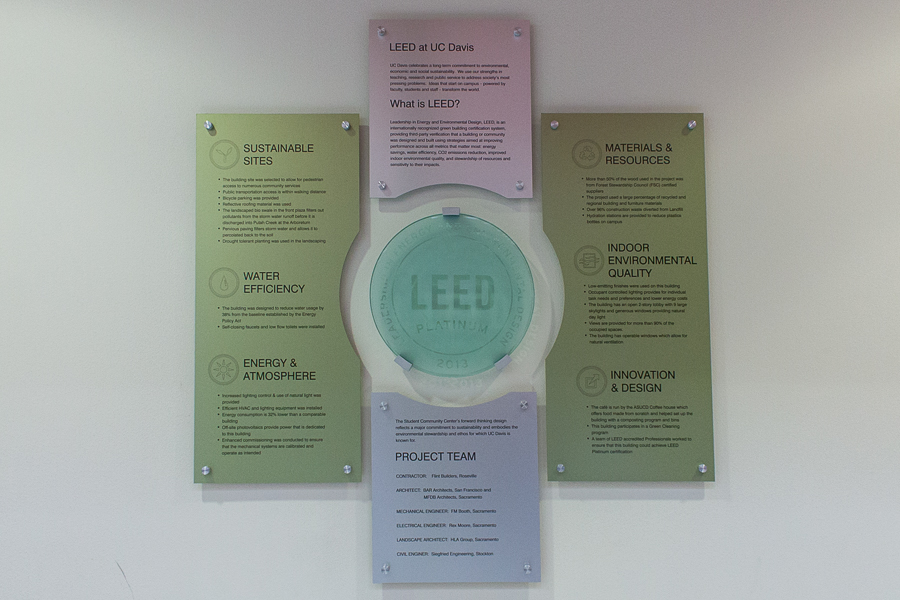
How people, plants and the planet work together
Sustainability can be tricky to define — especially as it relates to sustainable animal agriculture.
Capital Public Radio recently conducted a study in which they asked grocery shoppers what sustainability meant to them. Although the answers varied greatly, one common trend among all the answers was the lack of consistency. The people queried had difficulty defining sustainability — in no small part because they didn’t know what it actually meant.
The UN defines sustainability as “meeting the needs of the present without compromising the ability of future generations to meet their own needs.” This is one of the biggest issues scientists face as they strive to attain sustainability. But without universal consensus as to what the word even means, how can a solution be found?
Unfortunately, there is no one solution to sustainability. H.C. Petersen of Michigan State University claims it fits into the 1970s definition of a “wicked problem.” This means no definitive answer to the problem exists, there is no one solution and the cause and effect relationships involved are highly complex.
In order to simplify an otherwise complicated problem, scientists across the United States, including UC Davis animal science professor Ermias Kebreab, have come together to cultivate a simplified and understandable definition for this large problem. The result: a view of sustainability that consists of a triple bottom line — three categories that must be taken into account in order for something, whether it be design or agriculture, to be considered sustainable.
The first category is the planet. In order for something to be sustainable, it must be environmentally viable. The UN is right to say the present environment cannot be compromised in order for future generations to maintain the same quality of life seen today.
The second category is people. Sustainability must be socially viable, in relation to food affordability and changes that would directly impact the human population.
Finally, sustainability must have profit. If something is not economically viable, there is no point. Wasting money will only have detrimental effects on future generations, so it must be taken into account. It can be easy to remember the three Ps: planet, profit, people. Seems easy, right?
But there still seems to be a vital piece missing. If we’re talking about sustainable animal agriculture, where are the animals? Don’t they play an important part in reaching sustainability?
The three Ps above were designed with animals in mind. They consider the environmental, social and economic impact of livestock — which all make up essential pieces of attaining sustainable animal agriculture. So much research today is driven by the environmental impacts of livestock.
When considering livestock, humans must also be taken into account. People constantly encroach upon agricultural regions and cause a lot of auditory, olfactory and particle pollution. This also includes the prices producers can charge, which are controlled by consumer demand, says Frank M. Mitloehner of the UC Davis Department of Animal Science.
Another aspect that many might disregard is animal welfare. Animals perform better when they live in safer and healthier environments — for both themselves and the people who handle them. This includes knowing how to properly care for these animals in order to minimize stress. When a dairy cow isn’t stressed, for example, it is able to produce more milk.
It’s all about making the animals happier and more comfortable. The better they’re treated, the more efficient they are in production. Their overall carbon footprint is also reduced — essential if livestock agriculture is to meet the three Ps of sustainability.
Written by: Alice Rocha – asrocha@ucdavis.edu



